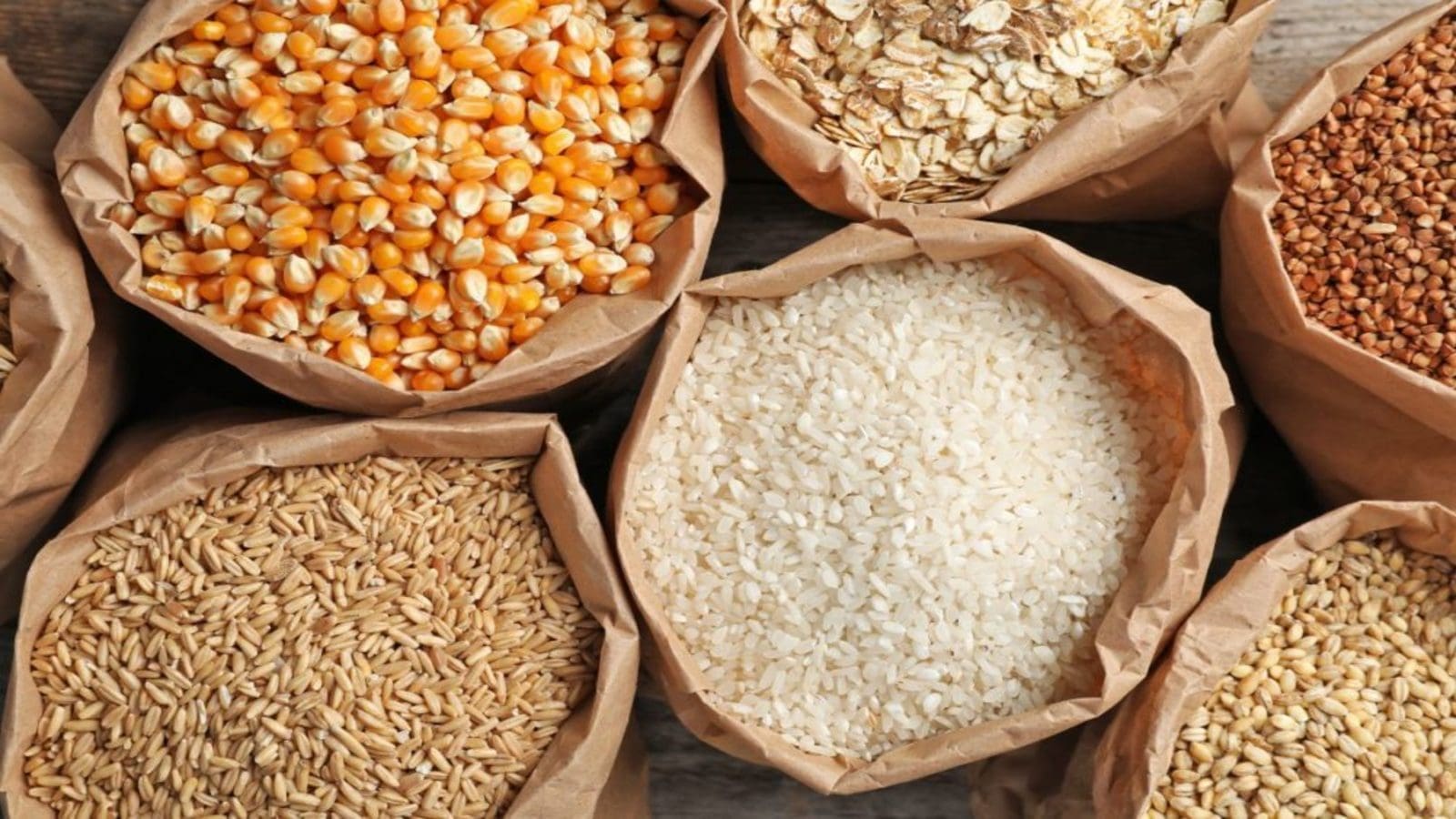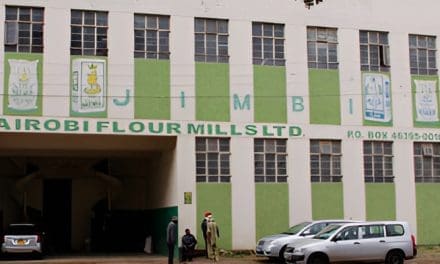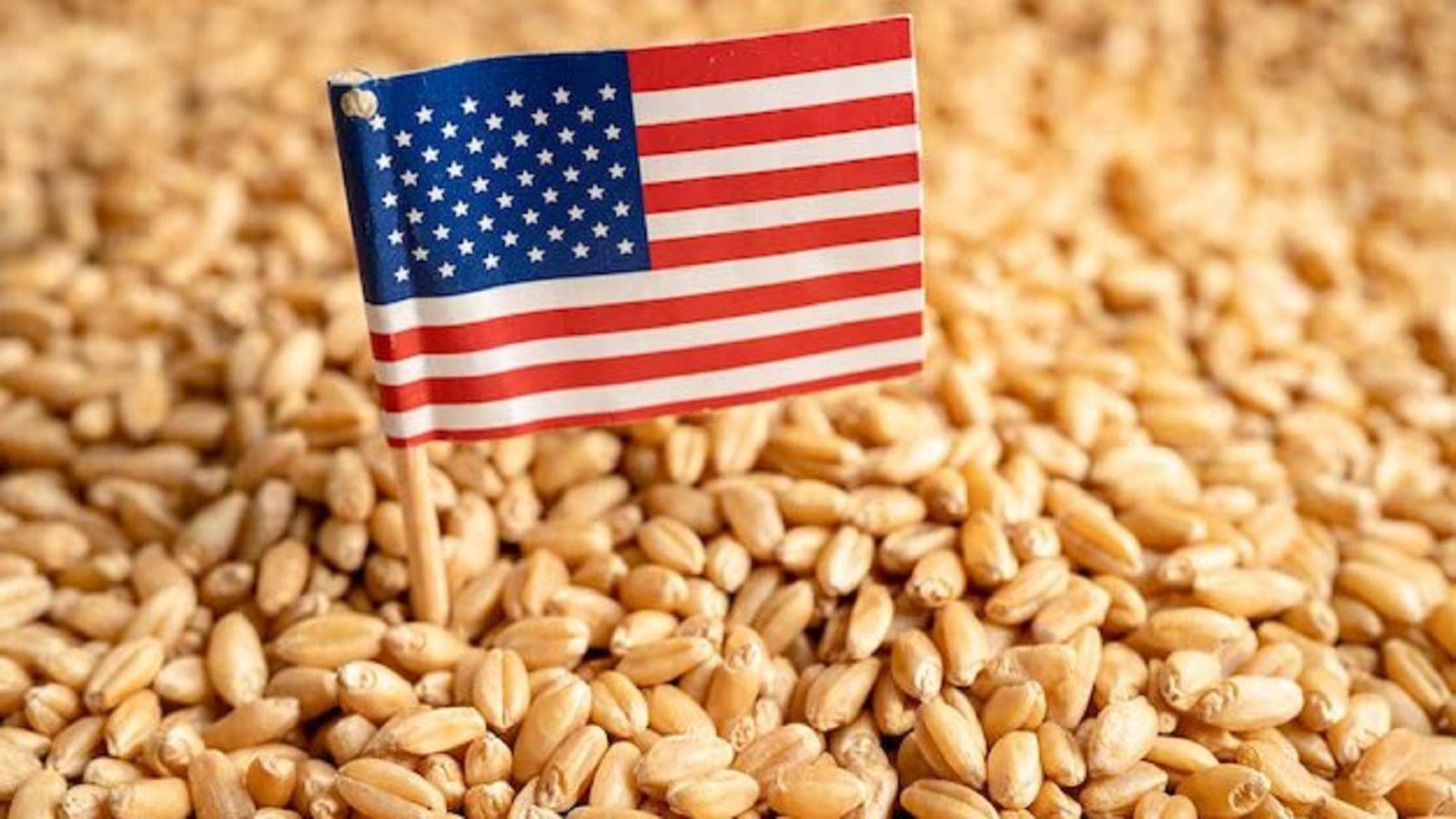MALI – The Ministry of Agriculture has indicated that the cereal harvest is expected at 10.9 million tonnes at the end of the 2023/2024 campaign, up 6% compared to the previous year’s stock, Ecofin Agency reports.
According to the authorities, these positive prospects are attributed to an expansion of the areas planted, better weather conditions as well as an effective mechanism for the distribution of fertilizers to producers.
Mali is the second largest producer of grasses in West Africa behind Nigeria with a consumption of about 5.4 million tons of grain.
In addition, agricultural activities represent approximately 33 percent of Mali’s GDP and employ nearly 80 percent of Malians. According to the World Bank, in 2021, land under cereal production (hectares) in Mali was reported at 6119486 ha.
According to the executives, if these forecasts are confirmed, the country could have a comfortable export surplus to other countries in the sub-region such as Burkina Faso and Senegal.
Mali is one of the main players in the cross-border grain trade in West Africa and exports between 10 and 15% of its harvest according to government data.
Positively, despite numerous challenges ranging from the security situation to political instability and the horrors of the climate, the productive apparatus remains resilient.
According to the report, in 2023/24, the ministry projects that corn production is estimated at 4.1 million tons while that of rice is expected at 3 million tons. Meanwhile, sorghum and millet volumes are expected to reach 1.7 million tonnes and 1.9 million tonnes respectively
Corn and rice are among the most produced and consumed cereals in Mali after millet. By 2015, the average per capita consumption of corn was estimated at 53 kg/person/year.
On rice, the country, which is the second rice producer in West Africa produces about 93% of its local demand, produced by more than 190,000 family farms.
Recently, Malian Prime Minister Choguel Maïga inaugurated a paddy rice processing unit in Mopti, as a regional project envisioned to give a boost to attaining self-sufficiency in rice.
However, according to Rikolto Worldwide, the Malian market continues to import rice, because the locally produced rice is still not competitive enough, the imported rice is sold at a lower price and is of an irreproachable physical presentation.
But with the new processing unit, the executives are hopeful that the quality of milled rice entering the market will improve and maintain social cohesion between more than 1,079 small producers.
For all the latest grains industry news from Africa, the Middle East and the World, subscribe to our weekly NEWSLETTERS, follow us on LinkedIn and subscribe to our YouTube channel










